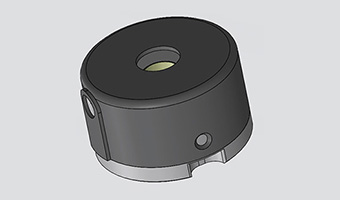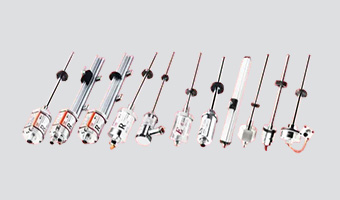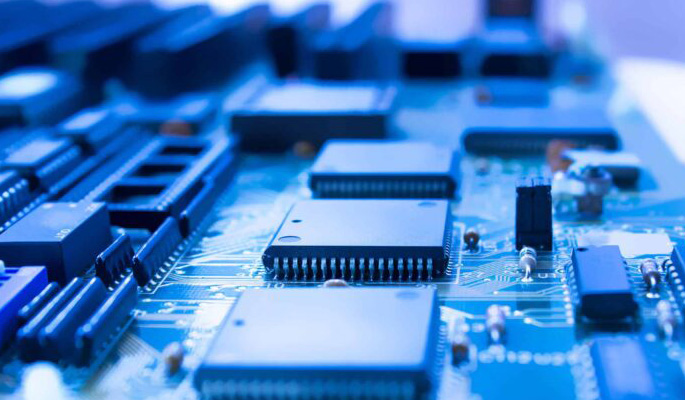DC/DC Power Module Multiple Outputs: Versatile Power Solutions for Complex Systems
May 20,2025
By:Epoch
In today’s advanced electronics, devices often require multiple voltage rails to power different components efficiently. A DC/DC power module multiple outputs is a compact, integrated solution designed to provide several regulated voltages from a single power source, simplifying power management in complex systems.
What Is a DC/DC Power Module with Multiple Outputs?
A DC/DC power module with multiple outputs integrates several DC-DC converters into one package, delivering multiple isolated or non-isolated voltage rails simultaneously. These modules reduce board space, simplify design complexity, and improve reliability by consolidating power conversion stages.
Key Advantages
· Space and Cost Efficiency:
Combining multiple outputs in a single module reduces PCB area and component count, lowering overall system cost.
· Simplified Power Architecture:
Eliminates the need for multiple discrete converters and complex wiring, streamlining system design and assembly.
· Improved Reliability:
Integrated protections (overcurrent, overvoltage, thermal shutdown) and optimized thermal management enhance system robustness.
· Flexible Output Configurations:
Supports various output voltage combinations and current ratings tailored to specific application needs.
· High Efficiency:
Advanced topologies and synchronous rectification ensure minimal power loss across all outputs.
Typical Applications
· Telecommunications Equipment: Powering multiple subsystems such as processors, memory, and RF modules.
· Data Centers and Servers: Supplying CPUs, GPUs, FPGAs, and memory with distinct voltage rails.
· Industrial Automation: Driving sensors, controllers, and actuators with different voltage requirements.
· Medical Devices: Providing isolated and regulated power for sensitive analog and digital circuits.
· Consumer Electronics: Supporting complex devices like laptops, tablets, and gaming consoles.
How They Work
Multi-output DC/DC modules typically use multiple buck, boost, or buck-boost converters integrated into a single package. Each output is regulated independently, often with dedicated feedback loops, ensuring precise voltage control. Some modules provide isolated outputs for safety and noise reduction, while others offer non-isolated outputs for efficiency and simplicity.
Design Considerations
· Output Voltage and Current Requirements:
Select modules that match the voltage rails and current demands of your system components.
· Isolation Needs:
Determine if galvanic isolation between outputs is required for safety or noise considerations.
· Thermal Management:
Ensure adequate cooling for multiple outputs operating simultaneously at high currents.
· EMI Compliance:
Use modules with integrated filtering and shielding to minimize electromagnetic interference.
Featured Products
Model | Number of Outputs | Input Voltage Range | Output Voltages (V) | Max Output Current | Package Size (mm) | Key Features |
FHT4644 | 4 | 4.0–14 V | 0.8–5.5 (adjustable) | 4×4 A | 9×15×4.32 | Parallel operation, remote sense |
FHT4630 | 2 | 4.5–15 V | 0.6–1.8 (adjustable) | 2×18 A / 36 A | 16×16×4.32 | Dual/parallel output |
MPPM8070 | 3 | 4.5–14 V | Customizable | Up to 6 A each | Compact SIP | High efficiency, low EMI |
DC/DC power modules with multiple outputs offer an elegant and efficient solution for powering complex electronic systems with diverse voltage requirements. By integrating multiple converters into a single module, they simplify design, save space, and improve reliability, making them indispensable in modern electronics.
Contact us today to find the ideal multi-output DC/DC power module for your application.


























